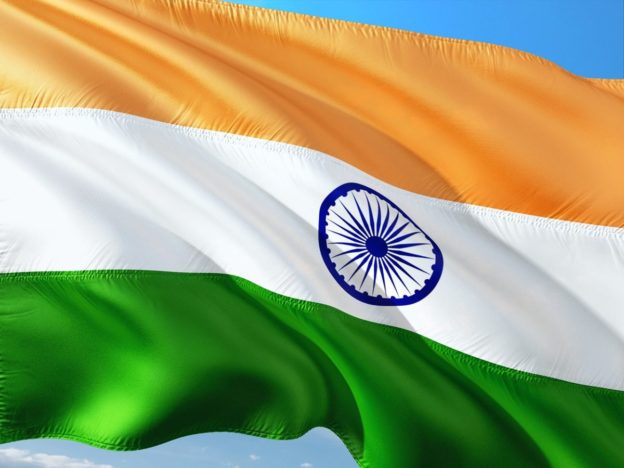Ratings agency ICRA has estimated Indian green hydrogen will cost that much if produced at sites featuring clean energy generation capacity and electrolyzers. That is between 50 US cents and a dollar per kilogram cheaper than in locations where the two systems are not co-located, with the saving possible due to a reduction in open-access, intra-state grid charges.
US-owned Indian ratings agency ICRA has estimated green hydrogen can be produced for $5 per kilogram at Indian sites where renewables generation capacity and electrolyzers are co-located.
A study, by Gurgaon-based ICRA, calculated the cost per kilogram would rise between 50 US cents and a dollar if electrolyzers are powered by off-site renewables wheeling electricity via intra-state grids, with the cost of such clean electricity estimated at INR3.50/kWh ($0.045), including wheeling and transmission charges.
To minimize the cost of green hydrogen, Berkshire Hathaway-owned ICRA said, battery energy storage and energy banking – a system which offers electricity generators the chance to feed excess electricity into the grid and draw it down at a later point – would need to be available.
Round-the-clock
ICRA estimated battery-backed round-the-clock clean energy would cost INR4-6/kWh ($0.052-0.078), depending on the extent of storage capacity required.
The report said the green hydrogen policy recently notified by India’s Ministry of Power would drive big demand for renewables capacity in the nation, with around 60GW extra needed if the country is to source just 30% of its hydrogen demand this decade from the green form of the energy storage medium.
Popular content
Most of the 6 million-ton demand for hydrogen in India in fiscal year 2019-20 came from industry, for use in refining, fertilizers and chemicals, and ICRA expects the market to grow 3.5-4% annually to the end of 2029-30. Current demand is almost entirely met by fossil-fuel-powered “grey” hydrogen.
Girishkumar Kadam, senior VP and co-group head for corporate ratings at ICRA, said: “The policy by the Ministry of Power [of the] government of India (GOI) for green hydrogen has various supportive measures and thus, remains a positive step. Even in a scenario of 30% of hydrogen demand to be met through green hydrogen by 2030, [the] incremental renewable (RE) capacity requirement is estimated to remain significant, at about 60GW. This is over and above the RE addition [needed] to meet all India[‘s] energy requirements.
Green vs grey
“From the industrial off-taker’s perspective, green hydrogen is currently estimated to remain costlier by about $3.50-4/kg against grey hydrogen. The cost competitiveness of green hydrogen would remain contingent upon the reduction in capital cost, and an improvement in the energy efficiency level of, electrolyzer[s], besides the cost of RE procurement.”
Kadam’s fellow VP and co-group head for corporate ratings, Prashant Vasisht, said, of India’s current hydrogen demand: “With green hydrogen being, currently, costlier, as against grey hydrogen, [a] switch to the use of green hydrogen by the fertilizer sector will require a commensurate increase in the subsidy support from the GOI to mitigate the higher cost of production. In the case of phosphatic fertilizers, manufacturers may focus on procurement of green ammonia instead of green hydrogen, as [an] ammonia-manufacturing facility may require significant investments, thus providing an opportunity to standalone green ammonia manufacturers too.”





